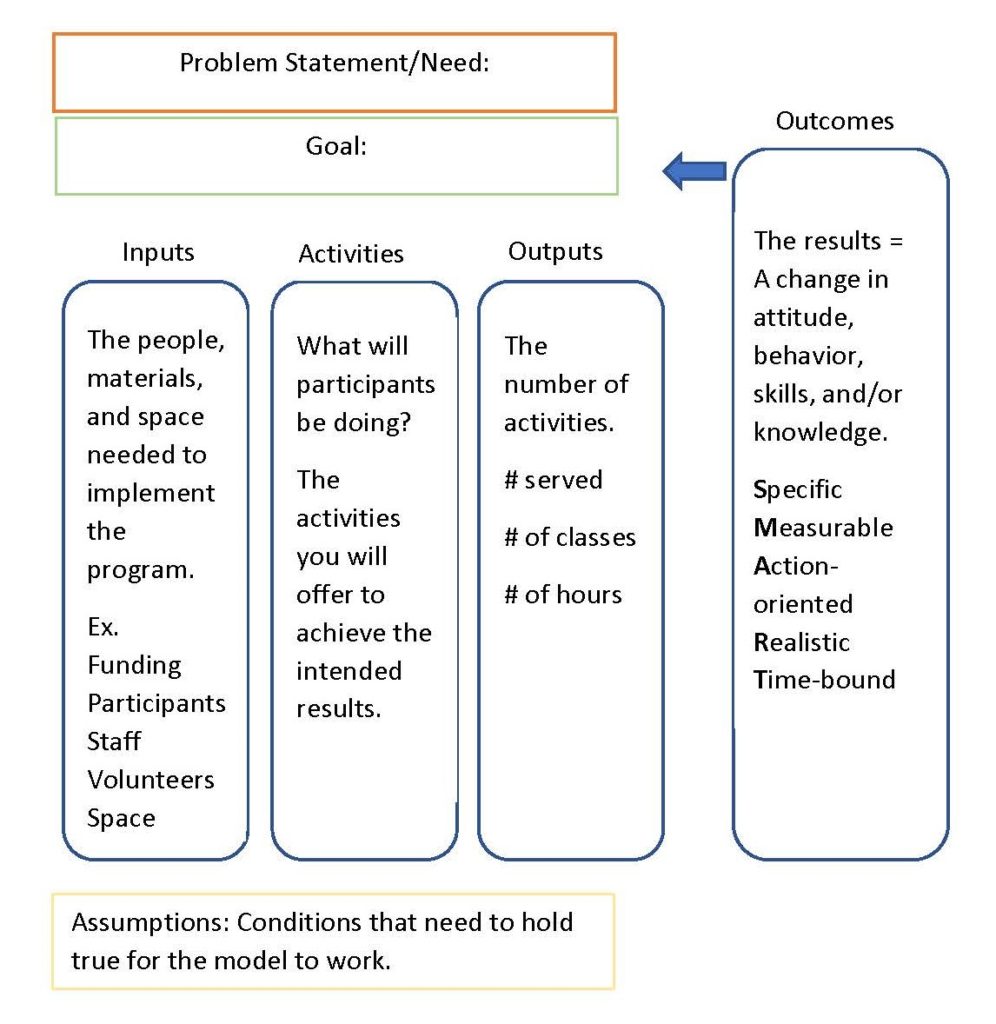
As I write, the Tokyo Olympics are underway, with incredible stories of resilience, perseverance, and the challenges of significant endeavors. Much like what we experience within the nonprofit world, but without the accolades and medalists. One of the most fascinating competitions, for me, was the women’s 85-mile bike race won by solo rider Anna Kiesenhofer of Austria. A mathematician, Kiesenhofer trained methodically and ferociously. Then, on race day, she attacked the course early, took the lead, and never dropped back.
The Dutch team, with heavily favored Annemiek van Vleuten, lost track of Kiesenhofer in that early breakaway ride and didn’t realize she was out far ahead. Kiesenhofer went on to win by over a minute, with silver medalist van Vleuten believing she had won the race. How can this happen? Turns out the cycling teams often rely on internal communications, including earpieces to keep up to date on road hazards and race leaders. The Olympics, however, do not allow for that type of technology, and all participants know this in advance. Speaking to the Associated Press, “I’m gutted,” van Vleuten said. “With five kilometers to go, …, none of us knew if everyone was caught back. This is an example of what happens if you ride an important race like this without communication.”
I agree this is what happens without communication. I would add; however, this is also a cautionary tale of what can happen when you don’t adapt to changing operating environments. For nonprofits, our operating environment undergoes constant change. Are you still operating in an old system, or are you working to understand the impact of today’s new environments? The old, yet still applicable saying is, no money, no mission. Let’s start there.
Have you evaluated and future-proofed your revenue plan to withstand, and even thrive, in a constantly changing operating environment? Check out these resources from four nonprofit experts at The Society for the Advancement of Consulting.


